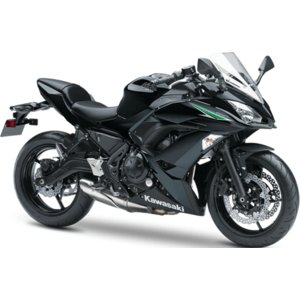Kawasaki Ninja 650 (2006–2019): A Versatile Sportbike for the Real World
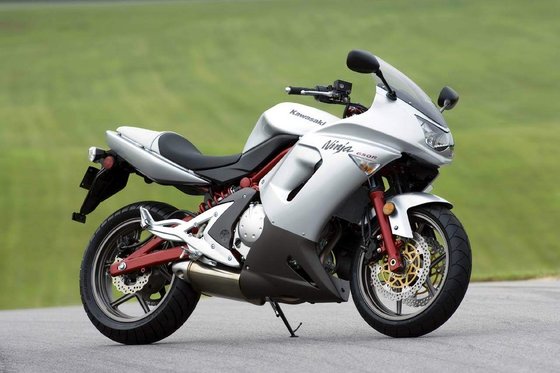
Introduction
The Kawasaki Ninja 650 is a motorcycle that defies easy categorization. Born in 2006 as the Ninja 650R, this parallel-twin sportbike carved out a niche as a versatile machine equally at home on winding roads, urban commutes, and even weekend track days. Over its 14-year production run, it evolved from a carbureted middleweight to a refined, fuel-injected roadster with ABS and modern electronics. What never changed was its mission: to blend sporty performance with everyday usability.
In this review, we’ll explore what made the Ninja 650 a favorite among new riders and seasoned enthusiasts alike, how it stacks up against rivals, and why it remains a compelling platform for customization.
Design & Ergonomics: Sporty Stance, Everyday Comfort
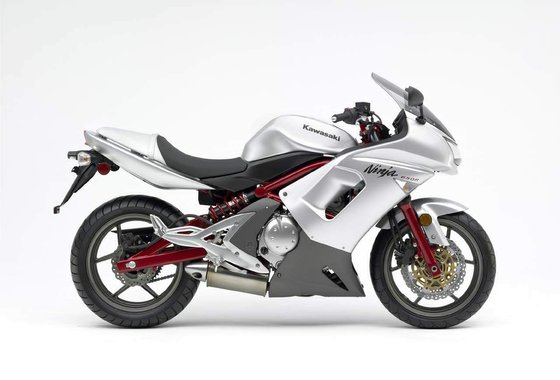
Evolution of Style
- 2006–2011: The first-gen Ninja 650R featured a aggressive, full-faired design inspired by its ZX-series siblings. Its trellis frame and under-engine exhaust gave it a distinctive, minimalist look.
- 2012–2016: Kawasaki sharpened the bodywork, adding angular lines and a twin-pipe perimeter frame. The adjustable windscreen and LED taillight modernized its profile.
- 2017–2019: A complete redesign brought supersport-inspired styling, including a ZX-10R-like front cowl, X-shaped LED taillight, and a lighter trellis frame.
Riding Position
The Ninja 650’s ergonomics strike a balance between sporty and relaxed:
- Handlebar: Slightly raised clip-ons (2017+) or traditional bars (pre-2017) offer a natural upright posture.
- Seat: Narrow at the front (787–805 mm seat height) for easy reach to the ground, yet wide enough for all-day comfort.
- Footpegs: Mid-set positioning reduces knee strain compared to full supersports.
Test Ride Impression: Swinging a leg over a 2017 model, the first thing you notice is how unintimidating it feels. The seat hugs you without pinching, and the bars fall naturally to hand. At 5’7”, flat-footing at stops was effortless, inspiring confidence in stop-and-go traffic.
Engine & Performance: Friendly Yet Spirited
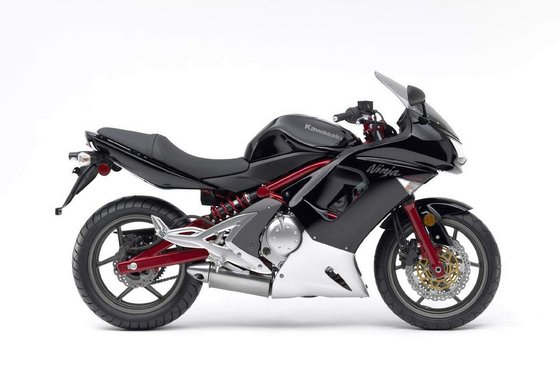
The Heart of the Matter: 649cc Parallel Twin
- 2006–2016: The liquid-cooled, DOHC 8-valve engine delivered 68 HP and 48.5 lb-ft torque, with a linear powerband favoring mid-range punch. Carburetors (2006) gave way to fuel injection (2007+).
- 2017–2019: Retuned for Euro 4 compliance, output dipped slightly to 67 HP, but torque became more accessible below 4,000 RPM. A slipper clutch reduced lever effort and curb weight dropped 19 kg.
Metric vs. Imperial:
- Power: 50.2 kW @ 8,500 RPM (67 HP)
- Torque: 65.7 Nm @ 7,000 RPM (48.4 lb-ft)
- Fuel Capacity: 15–18 liters (3.9–4.7 US gallons)
On the Road: The engine’s character is best described as “enthusiastically practical.” Throttle response is crisp but not twitchy, making it forgiving for novices. Roll-on acceleration from 60–120 km/h (37–75 mph) in 6th gear is surprisingly strong, ideal for highway overtakes. The 180-degree crankshaft and balancer shaft keep vibrations minimal—even at 8,000 RPM, the mirrors stay clear.
Handling & Chassis: Lightweight Agility
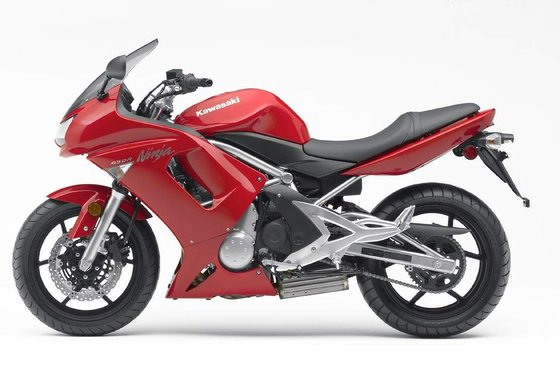
Frame & Suspension
- Pre-2017: A steel trellis frame prioritized flex for comfort. The 41mm non-adjustable fork and preload-adjustable rear shock handled bumps adequately but lacked track-day precision.
- 2017+: The new trellis frame shed weight and added rigidity. A horizontal back-link rear suspension (borrowed from the ZX-10R) improved bump absorption, while the gull-wing swingarm enhanced stability.
Brakes & Wheels
- Standard Setup: Dual 300mm petal discs (front) and a 220mm rear disc provided ample stopping power. ABS became optional in 2013 and standard on later models.
- Tires: 120/70-17 front and 160/60-17 rear (Dunlop Sportmax D214 on post-2017 bikes) offered a sweet spot between grip and longevity.
Twisties Review: On a backroad blast, the Ninja 650 feels flickable—almost like a heavier Ninja 400. The upright riding position encourages leaning off the bike, and the suspension, while soft, communicates clearly. Push hard, and the footpegs will touch down before the chassis protests.
Comfort & Practicality
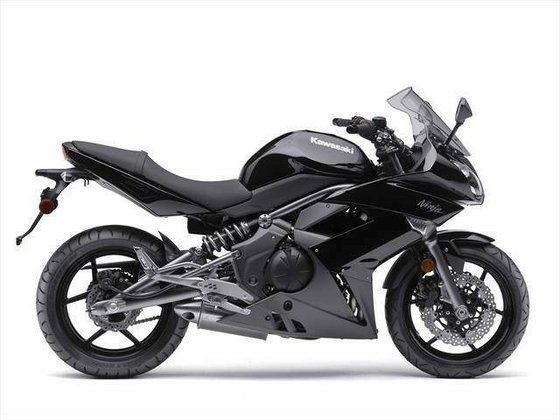
Daily Riding
- Wind Protection: The adjustable windscreen (2017+) deflects chest-level wind effectively at speeds up to 130 km/h (81 mph).
- Fuel Economy: Averaged 4.5–5.0 L/100 km (52–47 MPG) during mixed riding.
- Storage: Optional panniers and a under-seat compartment (large enough for a U-lock) add practicality.
Commuter’s Take: “This bike thrives in the urban jungle. The narrow profile slips through traffic, the clutch is light, and the seat is wide enough for hour-long rides. It’s a sportbike that doesn’t punish you for using it.”
Competition: How the Ninja 650 Stacks Up
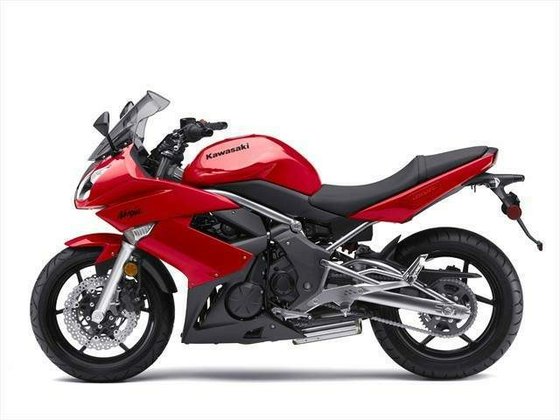
1. Suzuki SV650
- Pros: Livelier V-twin engine, lower price.
- Cons: Less wind protection, basic suspension.
- Ninja Edge: More modern tech (e.g., LCD dash), better ergonomics for touring.
2. Yamaha MT-07
- Pros: Iconic CP2 engine, lighter weight.
- Cons: Naked bike limitations (no fairing, less storage).
- Ninja Edge: Full fairing and adjustable windscreen make it a better all-rounder.
3. Honda CBR650R
- Pros: Inline-4 engine, premium build quality.
- Cons: Higher price, aggressive riding position.
- Ninja Edge: The Kawasaki’s parallel twin is torquier at low RPM, ideal for city riding.
Verdict: The Ninja 650 isn’t the fastest or sharpest in its class, but its blend of comfort, style, and approachable performance makes it the most versatile.
Maintenance: Keeping Your Ninja 650 in Peak Form
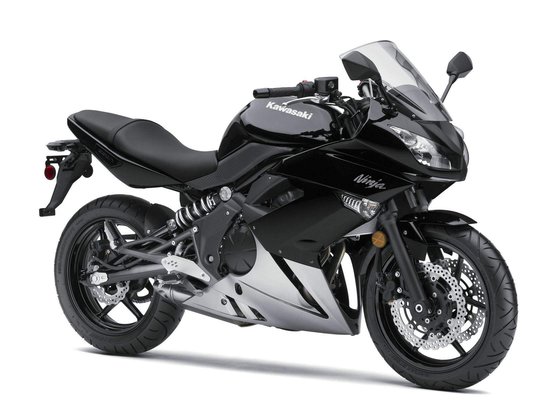
Key Service Intervals
- Oil Changes: Every 6,000 km (3,700 miles) with SAE 10W-40 (1.8L with filter).
- Chain Care: Clean/lube every 500 km (310 miles). MOTOPARTS.store recommends DID VX3 chains for durability.
- Valve Clearances: Check every 24,000 km (15,000 miles). Shim-under-bucket design requires mechanical expertise.
- Brake Fluid: Replace every 2 years (DOT 4). Upgrade to braided lines for improved feel.
Common Upgrades
- Air Filter: K&N KA-6502 for better airflow.
- Suspension: Progressive springs (front) and a YSS rear shock transform handling.
- Exhaust: Arrow or Akrapović slip-ons shed weight and amplify the twin’s growl.
Pro Tip: The 2017+ models benefit immensely from a ECU flash to optimize the fuel injection’s low-RPM response.
Conclusion: The Everyman’s Sportbike
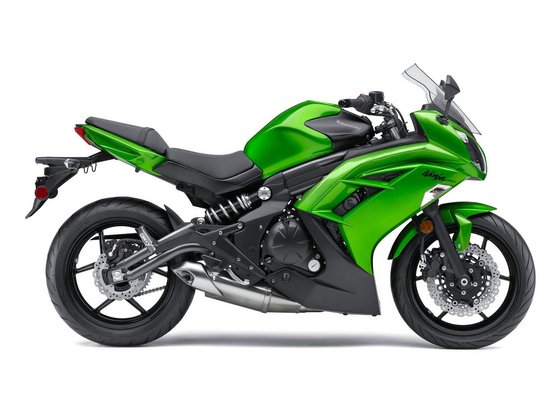
The Kawasaki Ninja 650’s legacy lies in its ability to be many things to many riders. It’s a confident first bike, a commuter-friendly daily, and a blank canvas for customization. While later models added polish, even early 650Rs remain sought after for their bulletproof engines and timeless design.
Whether you’re chasing apexes or just a reliable ride to work, the Ninja 650 delivers—and with MOTOPARTS.store’s catalog of upgrades, it can evolve alongside your skills.
Ready to personalize your Ninja 650? Explore our curated selection of performance parts and accessories.














